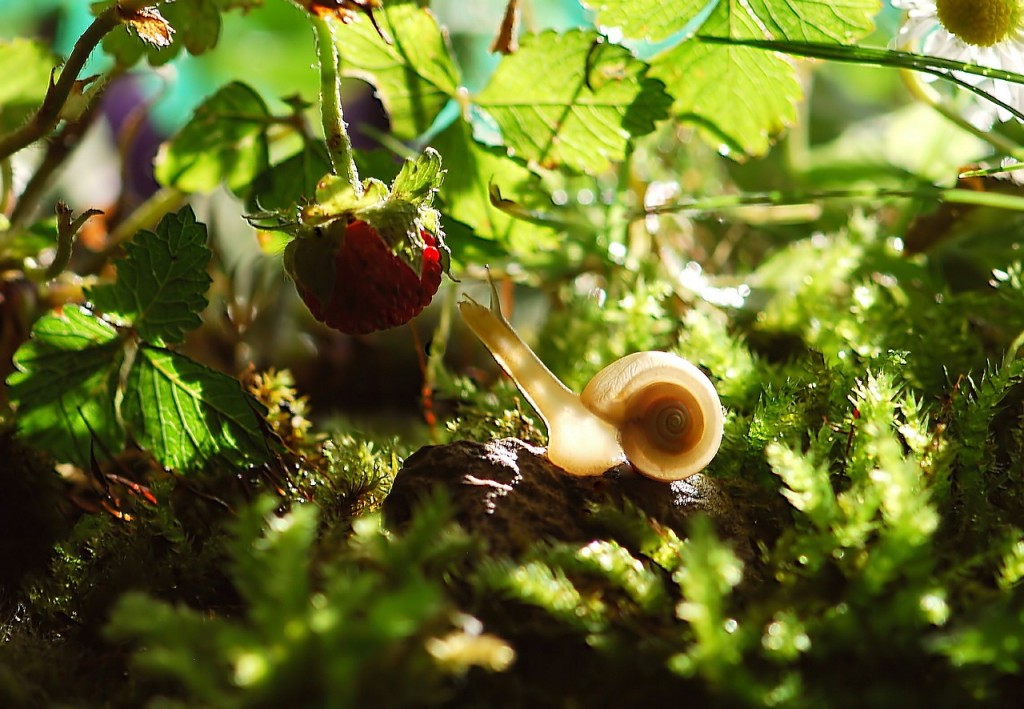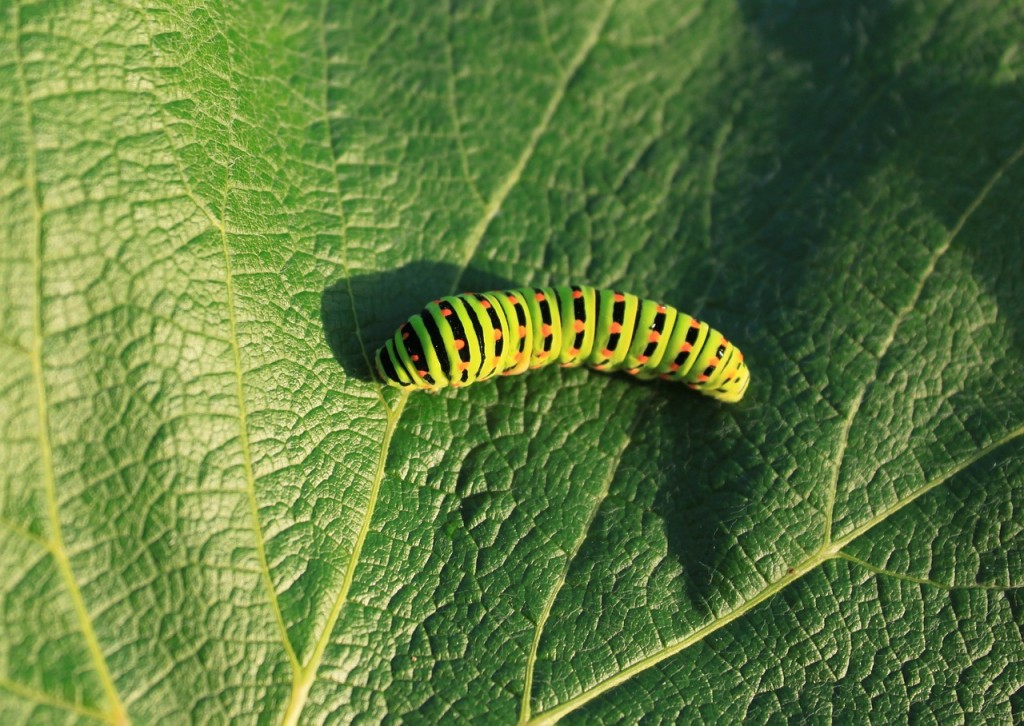
While there are many pleasures to be drawn from growing plants in a greenhouse throughout the warm summer season, there are also plenty of aspects of the pastime that can be quite frustrating.
Needless to say, pests are likely to be top of the list for many of us – seasoned gardening professionals and green-fingered enthusiasts alike. There are many ways to tackle this problem and stay on top of managing a pest-free space when you’re in the clear.
First and foremost, it is important not to overlook the need to frequently clean and maintain your greenhouse. At time, it is beneficial to look at the controlled gardening environment as a tool like any other.
Where you’d regularly make sure a mower is in shape – the blades are still sharp and it isn’t clogged with grass shavings – the same approach needs to be taken here.
By scrubbing away at any dirty spots, fungus and bacteria will not have a chance of breeding and attracting unwanted flies into the area. A major full-scale clean should be carried out at least once a year – and summer is the perfect time for this.
Walls, corners, racks, secluded spots and the floor should all be given a thorough seeing-to, once all the pots, plants and equipment have been transferred out. If you use a good detergent mixed with plenty of warm water, this should kill off any resident bacteria, germs and insects.
If your greenhouse is already fully cleaned up, the best way you can maintain it as a pest-free exclusion zone is to carry out a daily inspection. This does not necessarily require doing anything you wouldn’t normally do.
For instance, while going about your general routine, simply make sure you are being constantly vigilant and on always on the lookout for any sign of pests. As soon as you see any sign of one particular plant being infected, remove it from the area at once.
If it is treated separately from all the other plants, this dramatically reduces the chance of the disease spreading onto other plants.
It could also be worth having a bit of a think about what you define as a pest. Many of us undoubtedly lump slugs and snails into a single undesirable category – but one expert recently called on gardeners to become a bit friendlier with the common snail.
Award-winning scientist Ruth Brooks, author of Slow Passion: Snails, My Garden and Me, argued that the gastropods are unfairly maligned. She explained that most snails are inhabiting green areas perfectly peacefully and added that some feed on fungi, worms, insects and grubs – exactly the creatures that have a much more damaging impact on a garden or greenhouse environment.
Another good tip for those who have a greenhouse border is to make sure you grow something different in it every single year. This can reduce the chances of pests and diseases building up in the same soil over the course of time.
Finally, don’t be afraid to move most plants outside in the summer heat, as this can negate the stress they can be placed under, as well as curtailing spider mite populations.



